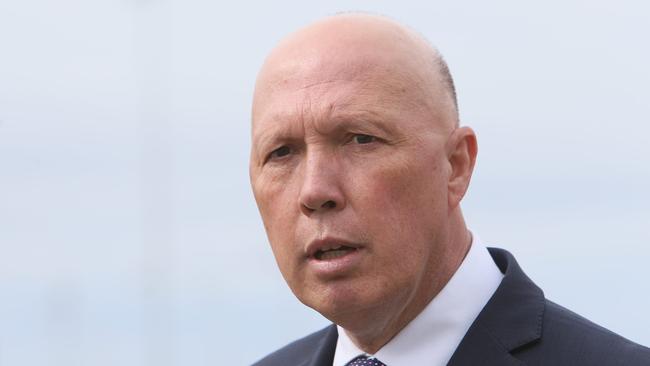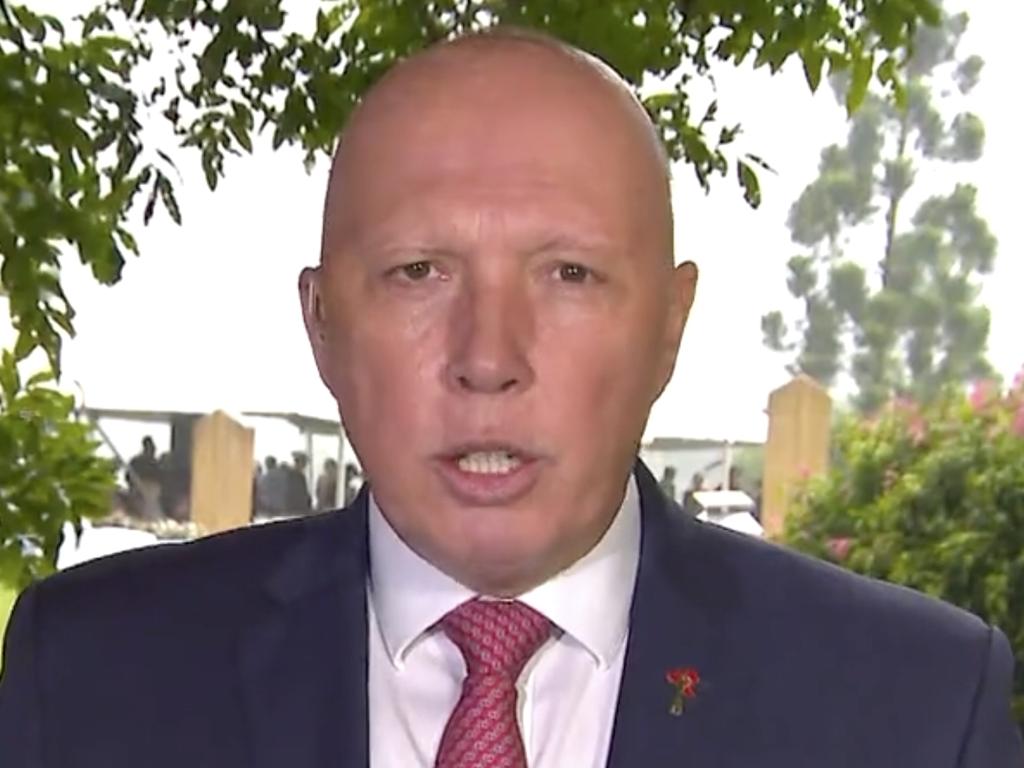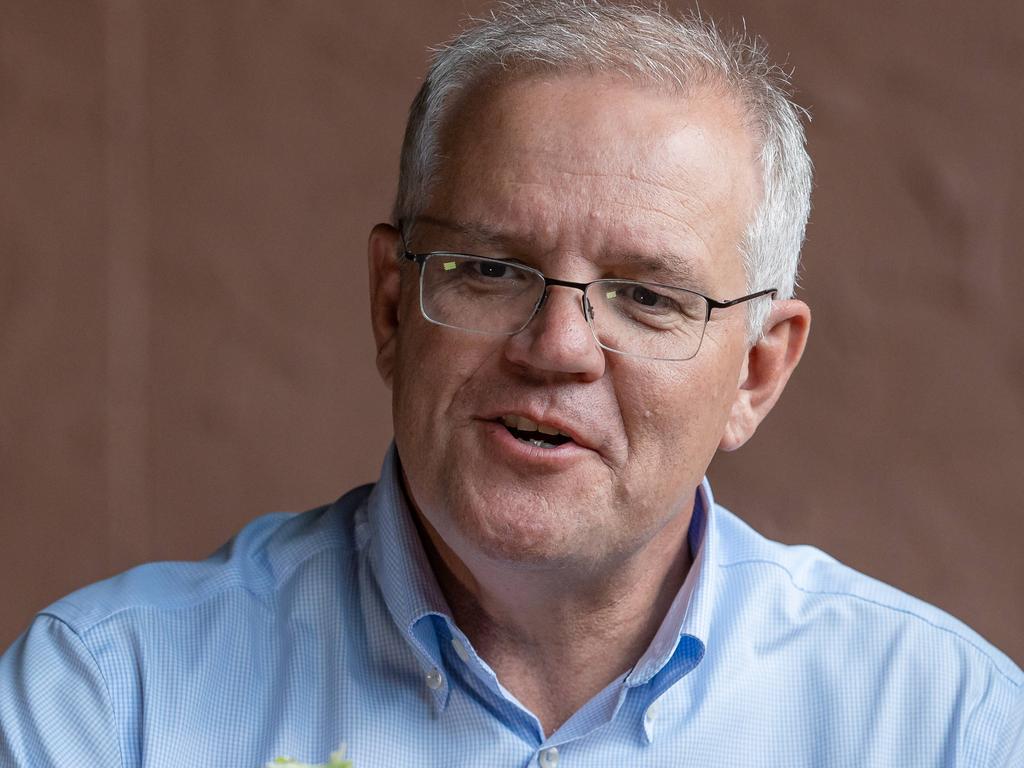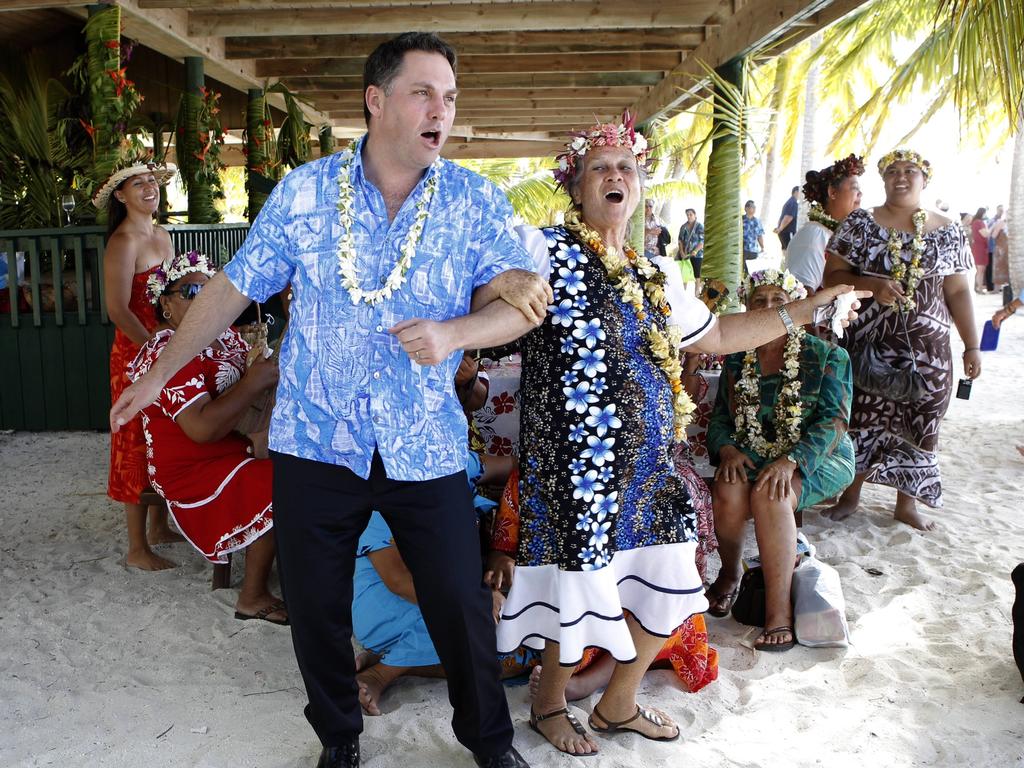
If the 2020s are really the 1930s all over again, how is it the government is not going to produce any significant new defence capabilities for the rest of this decade?
This decade does resemble the 1930s, not because we face a new Hitler or even a new imperial Japan but because of the utter fecklessness of defence policy and the miserable failure in defence of both sides of politics.
Australian leaders spent the 1930s “admiring the problem” of defence. They understood Nazi Germany and imperial Japan and made sententious statements all through the decade. But they did almost nothing to provide significant Australian capabilities.
Everything was predicated on the British defending us from their base in Singapore, just as we are today more completely and helplessly reliant on the US than ever. Stanley Bruce in 1923 and Joe Lyons in 1937 assured the nation of its complete security because of Singapore.
One is tempted to think these the most fatuous defence statements in our history, until you think of the government’s recent statements on the dangers of war and put them alongside its absolute refusal to do anything to acquire military capability that comes online before the end of the 2020s.
It is disturbing to read the magnificent chapter on the 1930s in Jeffrey Grey’s neglected classic, A Military History of Australia. It is an uncanny read in which the policies, the lack of effective action and the rhetoric, even the precise words, of the leading politicians are flesh-creepingly similar to today.
Grey characterises the 1930s thus: “a generation of conservative politicians (who) used the theory of imperial defence as an excuse for doing little or nothing to maintain and develop Australia’s own forces”. Substitute the US alliance for imperial defence and Grey has precisely described the past decade.
This is not a partisan point. The Labor Party in the 1930s was even worse than the conservatives, as were the Rudd and Gillard governments last decade. At one point Labor suggested officers be elected by the troops. It also held that no Australian soldiers should ever serve overseas, which would have rendered any meaningful alliance impossible. If we would never fight overseas, no foreign nation would ever fight with us. In fact, Labor opposed Australia sending forces to help Britain fight the Nazis at the beginning of World War II.
But make no mistake: both sides of politics failed absolutely in the 1920s and ’30s, and left Australia virtually naked against Japanese aggression when it came.
Grey again: “Successive Australian governments understood that the Japanese presented a threat to Australian security. The only plan devised to meet this threat was reliance upon the Singapore naval base.”
Again, substitute Chinese for Japanese and the US alliance for the Singapore naval base, and you have a precise description of today.
Assuredly, Grey does not argue the British were bad allies to Australia then, just as I do not argue the Americans are bad allies today. They are the best, and most powerful, of allies. But it is intensely, gravely irresponsible for a nation as rich as Australia to develop no meaningful independent military capability of its own.
A great power can at times unconsciously create a psychology of crippling dependence on the part of a smaller ally. The great power assumes it will have to do the lion’s share of the fighting, so as long as the smaller power is making supplemental efforts to help its forces that’s enough. Whereas a smart smaller power develops its own independent military capability to make itself a very unattractive target, and then uses those capabilities to help its big ally.
In his masterful treatment, Grey argues convincingly that Canberra’s total dependence on the Singapore strategy led to a commitment to a bad policy, but also fatally skewed the force structure of Australia’s own military. Given that we never expected our forces would or could do anything meaningful for our own defence, there was a terrible stop-go pattern to force development in the ’20s and ’30s. Overall, we spent a pretty big amount of money on defence (much less than was needed, but a substantial amount) and got almost no relevant capability, just as we are doing today.
Many of the controversies were the same. We had six submarines in World War I (the same number as today!). We pensioned them off. In 1924, we commissioned two new submarines to be built in Britain. We never expanded the submarine force and finally decided it was too expensive, so donated the boats back to the British navy in 1932.
When World War II broke out we had not one modern combat aircraft, though we had put huge effort into developing an inferior Australian plane, the Wirraway, after familiar disputes over whether to build British or US designs. We had a very small army. We started World War II with no subs, six cruisers, five destroyers and two sloops – a pathetic navy given how long we had been observing strategic deterioration. Our ships were not modern war ships and were entirely dependent on supplies from Britain. But Britain was flat out supplying itself. Many of these ships were sunk by the Japanese, who were technologically way ahead because we had chosen not to make the investments.
Grey demonstrates that the Singapore strategy might have had a chance in some circumstances but was completely worthless once there was conflict simultaneously in Europe and Asia. The same is true today of our total and near criminal dependence on the US. Even with strong political will, there may be circumstances where the US is unable to do everything we need.
The Morrison government apparently wants to keep talking national security, even though the China-Solomons issue reflects so badly on it, because it sees security as its issue rather than Labor’s. French President Emmanuel Macron’s re-election testifies to voters being fearful of radical change, especially at a time of heightened security concerns.
Grey’s judgment of the inter-war period could serve as the depressing judgment of the past 15 years: “Governments of both persuasions chose to believe that another major war would not occur or that, if it did, someone else would fight it on our behalf.”
When the British failed, the Americans rescued us. This time we have no Americans in reserve.








This Anzac Day Scott Morrison drew a bright red line for China, while Defence Minister Peter Dutton compared Russia and China with Nazi Germany and said “the only way you can preserve peace is to prepare for war”.